September 23, 2024
|5-minute read
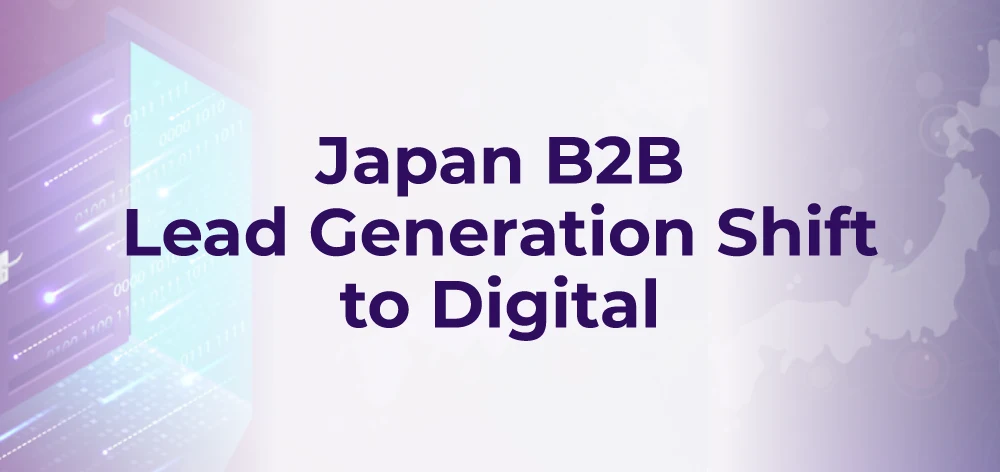
COVID-19 has created an enormous shift in the business landscape in Japan. The transformation has been abrupt and dramatic, with most of the business-to-business (B2B) companies shifting from traditional strategies, to new digital approaches. This transformation emerged out of the necessity to avoid physical contact – it being one of the factors by which coronavirus spreads. This economic, cultural, and political shift has greatly affected Japanese companies today who, now more than ever, are more accommodating to new digital technologies.
Japan lead generation strategies have changed drastically, too. Where traditional, in-person meetings once dominated the landscape of Japan lead generation, B2B companies now opt for digital strategies, tweaking their approach to cater to business transactions in the “new normal”. These developments are undoubtedly brought about by the COVID-19 Pandemic, but are also the result of a rapidly-changing workforce, increasing internet penetration, and a changing cultural landscape that is friendlier towards emerging technologies and worldwide trends. As a response, companies must adapt their Japan lead generation strategies to fit the current landscape and survive – and thrive – well beyond the pandemic.
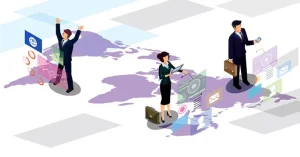
Japan B2B Lead Generation Shift to Digital
In Japan, there is a clear trend to shift from in-person meetings to remote meetings and other, non-traditional business transactions. The “terror” of online meetings has also emerged out of this trend: where office workers dread the teleconferencing screen, and where managers are ill-equipped to communicate online. Local rules and long-respected business customs are changing, and so is the cultural perception towards them. Take, for example, the Japanese idioms “reading the air”, and “listening to one and knowing ten”. These idioms do not apply to online meetings, as contextual cues that facilitate non-verbal communication are often ignored or invisible in teleconferencing. This sudden shift in “workstyle” in Japan is both abrupt and irreversible, as the very structure of society is influenced, and the business infrastructure is reconfigured to fit remote interactions*.
How are Japan lead generation tactics affected by this trend? First and foremost, in this discussion is the seismic shift to digital. Sales leaders on average rate digital channels approximately twice as important now as they were before, with Japan sales leaders rating them closer to 1.5 times more important than pre-pandemic figures. In a McKinsey report, global trends point to 90 percent of B2B companies transitioning to a virtual sales model during COVID19. In Japan, 56% of these companies have shifted to either all or partial remote sales functions.
Without a doubt, online interactions are taking center stage in the post-pandemic era. Japan lead generation tactics in the B2B space must also readjust. In this light, the go-to-market model is also critical in any company’s operations. B2B companies now rely more heavily on video platforms to showcase their products, creating new opportunities for growth in previously-untapped areas. The majority of companies that serve other businesses have shifted their go-to-market (GTM) model in response to the Pandemic. 93% of surveyed B2B companies have shifted their GTM model. 48% of respondents say that they have accepted online/web support as a new GTM model to adjust to the new B2B landscape, compared to 26% before COVID19.
This trend also opens Japan lead generation to numerous possibilities that have been available to marketers in the United States or Europe for a long time, with Japan lagging behind because of cultural friction against remote interactions. This also has the potential to allow the Japanese B2B market to “catch up” to an increasingly-globalized marketing landscape. There is, accordingly, strong growth in the perception of remote B2B sales as being more effective in the long run, with a 20% increase in positive perception in just four months. 68% of B2B decision makers believe these new sales models are as effective or more so than prior to the pandemic, with this figure increasing steadily through the year.
Indeed, the Pandemic has catalyzed this shift from traditional to digital, and the Japanese are more accepting of the “new normal” in the B2B landscape. Such trends articulate Japan as an emerging digital market with prime opportunities for B2B disruption. Japan lead generation strategies must capitalize on these to leverage the new, post-COVID normal.
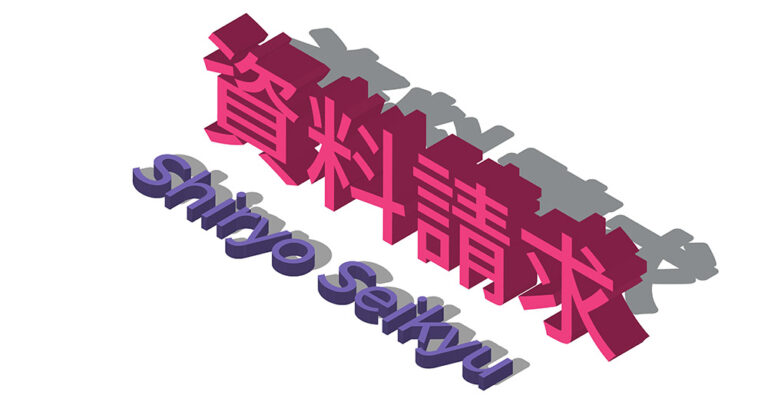
There are numerous ways a B2B company can approach Japan lead generation. Companies can buy advertising space in prime websites or search engines, send out emails to prospective buyers, tap influencers to direct consumers to their brand, and so on. However, effective lead generation strategies take into consideration the cultural context of their target market. In this light, the “Shiryo Seikyu” is one of the most effective tactics that B2B companies can leverage in Japan.
The “Shiryo Seikyu”, or “sales material request” is one of the prime examples of Japan lead generation tactics. Japanese buyers tend to go through extensive research of various competitor websites. In this stage, they investigate the pros and cons of each company’s product and analyze these against their needs. Once they have narrowed their choices, they make one or more “Shiryo Seikyu”, requesting for more information through sales materials (in the form of a PDF file) that they can read through and study further. The buyer thus expects to receive a file, a link inside an email to download a file, or a physical sales package in their mail. Moving further, buyers also expect to receive a call from a representative of the company, with the promptness of the call an indicator of how “pushy” or how much the salesman values the potential new business.
The “Shiryo Seikyu” is a long-established mode of B2B interactions for Japanese companies. Through this system, buyers have the advantage of doing prior research and competitor analyses before committing to their choice. Businesses can also leverage their sales materials for maximum effectiveness and to communicate their competitive advantage over other choices in their field. For some industries, there are even sites that provide an “Ikkatsu Shiryo Seikyu”, or an “all-at-once materials request”, as a convenient way to connect several potential sellers with buyers. One must also note that this tactic is used in generally larger transactions – JPY 100,000 (USD 1,000) or more – and is used in almost all industries, whether B2B or B2C.
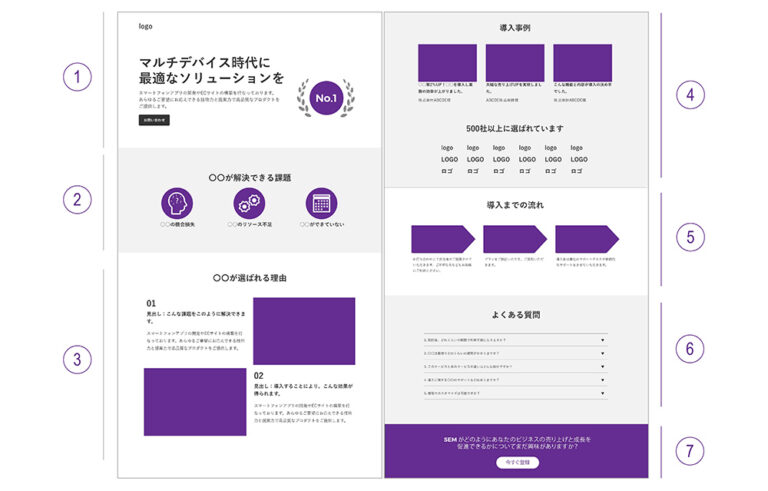
Japan lead generation through the “Shiryo Seikyu” approach is easy to implement but hard to perfect. Though the “Shiryo Seikyu” tactic may be straightforward, much of the interaction hinges on the company’s digital presence. In the B2B company’s case, this is the landing page.
In digital marketing, a landing page is a standalone web page specifically created for a marketing or advertising campaign. While the rule of thumb for B2B companies in the United States is to make landing pages clear, direct, and focused, landing pages in Japan are typically very long, with an average of 7-10 sections with varying topics within a page. The reasoning here is that Japanese users are more likely to want to provide personal information only after understanding the product themselves, and whether the product will solve their problem. Your landing page is thus an essential part of the “Shiryo Seikyu” tactic, articulating your B2B product or solution and backing up your claims with additional information to convince your potential customers that you are the right choice. The following sections are elements of your landing page that you can leverage in order to maximize the “Shiryo Seikyu” experience:
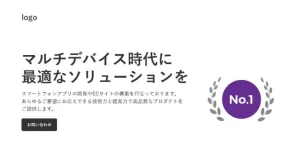
Japan Lead Generation Main Visual (Authority)
In Western websites, this will be the “hero image” – the first thing that the customer will see in the landing page. Some marketers also call this above-the-fold content (after traditional newspaper broadsheet layouts), and emphasize that this image must be eye-catching and must direct the customer to read further “below the fold”.
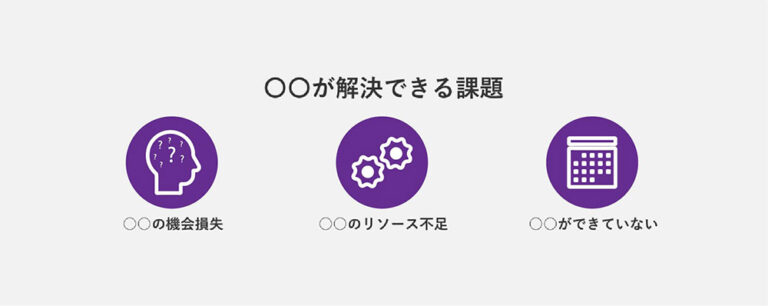
Once you have attracted the viewer to scroll down, you must continue his interest and empathize with him/her by posing the principal problem that you are trying to solve. For a technology security company, for example, the banner headline in this section would be “Cybersecurity doesn’t have to be complicated. We are here to help you out”. Subheadings in this area must emphasize the existing problem and how you are the unique solution to that problem.
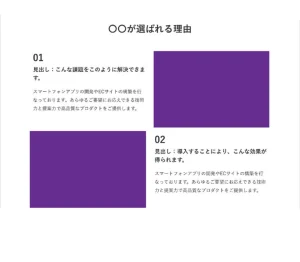 This section is where you give details about your product or solution and describe how it can solve the problem you narrated above. It is important that your product fits the problem, and you articulate a how it can arrive at that solution. Be transparent and allow the customer to make an informed decision about your product.
This section is where you give details about your product or solution and describe how it can solve the problem you narrated above. It is important that your product fits the problem, and you articulate a how it can arrive at that solution. Be transparent and allow the customer to make an informed decision about your product.
Benefits/Differentiation – What sets you apart from the rest of the competition? Where does your product differ from other products currently existing in the market? Why should the customer buy your product above others’? This is the section where you answer these questions and present your unique value proposition.
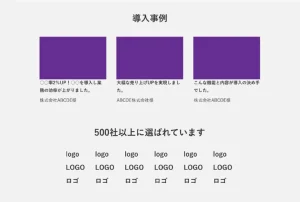
Japan Lead Generation case study demonstrating proven results and third-party validation
Of course, your claims must be backed up by data – both anecdotal and statistical. Case studies provide valuable proof that your solution has been tried and tested. This also offers external, third-party validation that your solution or product is the right choice.
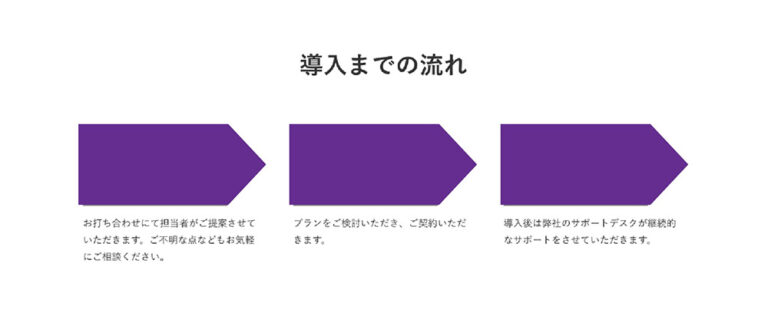
This section is where you provide more details on how the customer can proceed with using your service.
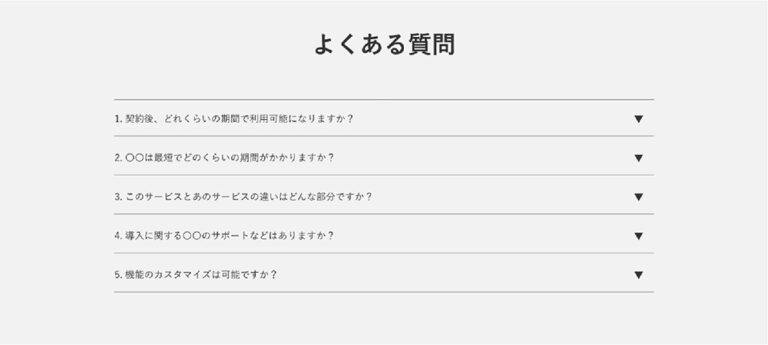
Posting frequently asked questions from customers will reduce the burden of responding to inquiries. If there’s a large number of questions, consider implementing or displaying the FAQ classification by category.

This essential button is where you direct the customer to perform an action, most likely to fill up a form or send an email to your sales team.
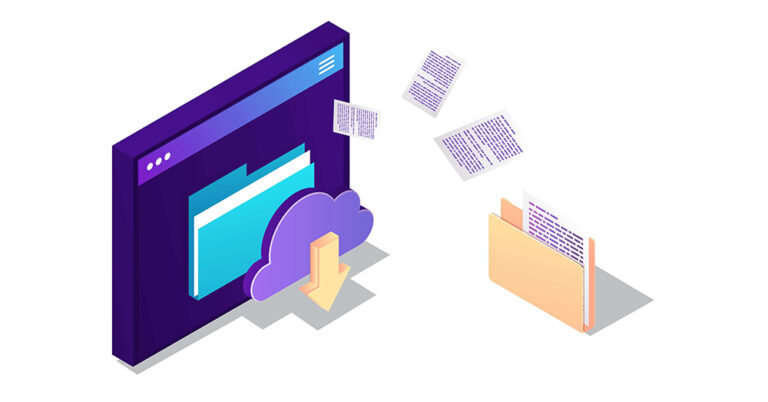
Another Japan lead generation tactic that B2B companies may leverage in the new normal is the “free trial download” tactic. This offer is a staple of lead generation strategies in the United States but may be challenging to implement in the Japanese market.
The principal concern in this regard is that the trial download offer is more difficult for brands with little awareness. Customers do not typically engage in trial downloads for brands or companies that they do not know. Brands must first establish themselves, through other means, to create awareness and attract customers who may want a trial period for their products or solutions.
Another concern is that the trial download offer is more difficult for brands that are not well-localized. Brands from the United States, for example, cannot just implement the free trial download without first studying what it means to a culture so unique as Japan. Knowing distinctly Japanese pain points are also an essential aspect of this, and the trial download offer is not easily transferable when considering these aspects.
The transition from traditional to digital is a seismic shift brought about by the current pandemic. While every aspect of the business landscape has been affected by this change, Japan lead generation strategies have been significantly altered. Online interactions have taken center stage, and cultural sentiments towards remote B2B sales have become more and more accepted. However, companies must know what strategies work and what don’t work. Japan lead generation must readjust to the “new normal” if companies want to survive and even thrive.
No tags available for this post.
Please enter your email address so we can send you a one-time pass code and verify if you are an existing subscriber.